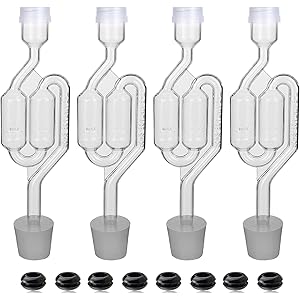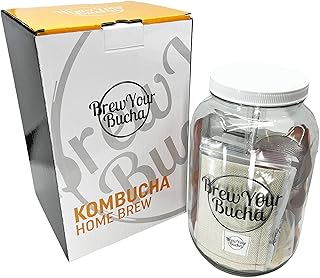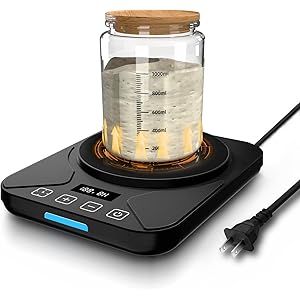Understanding Yeast Infections
Yeast infections are common fungal infections caused primarily by the Candida species, particularly Candida albicans. These infections can affect various parts of the body, including the mouth, throat, and genital area. Understanding the nature of yeast infections is crucial for identifying the best way to yeast infection treatment and prevention.
Symptoms of Yeast Infections
The symptoms of a yeast infection can vary depending on the affected area. Common signs include itching, burning, and discomfort in the genital region, as well as unusual discharge that may appear thick and white. In oral yeast infections, symptoms may include white patches in the mouth and a sore throat. Recognizing these symptoms is essential for seeking timely treatment.
Causes of Yeast Infections
Several factors can contribute to the development of yeast infections. These include hormonal changes, antibiotic use, a weakened immune system, and uncontrolled diabetes. Understanding these causes can help individuals take preventive measures and identify the best way to yeast infection management.
Home Remedies for Yeast Infections
Many individuals seek natural remedies for yeast infections. Some popular home remedies include the use of probiotics, garlic, coconut oil, and apple cider vinegar. While these remedies may provide relief for some, it is essential to consult with a healthcare professional to ensure they are safe and effective for your specific situation.
Over-the-Counter Treatments
Over-the-counter antifungal treatments, such as creams and suppositories, are widely available for yeast infections. These products often contain active ingredients like clotrimazole or miconazole. Understanding how to use these treatments correctly is vital for achieving the best way to yeast infection relief.
Get more content like this!
Sign up to receive updates and new terms first hand.
Prescription Medications
In more severe cases, a healthcare provider may prescribe antifungal medications. These prescription treatments are typically more potent and can effectively eliminate persistent infections. Knowing when to seek prescription medication is crucial for those struggling with recurrent yeast infections.
Preventive Measures
Preventing yeast infections involves several lifestyle changes. Maintaining good hygiene, wearing breathable clothing, and avoiding excessive sugar intake can help reduce the risk. Additionally, incorporating probiotics into your diet may support a healthy balance of bacteria and yeast in the body, representing the best way to yeast infection prevention.
When to See a Doctor
It is essential to know when to consult a healthcare professional regarding yeast infections. If symptoms persist despite treatment, or if you experience severe discomfort, it is crucial to seek medical advice. A healthcare provider can offer a proper diagnosis and recommend the best way to yeast infection treatment tailored to your needs.
Understanding Recurrence
Recurrent yeast infections can be frustrating and may indicate an underlying health issue. Understanding the factors that contribute to recurrence, such as hormonal imbalances or diabetes, can help individuals take proactive steps. Identifying the best way to yeast infection recurrence management is vital for long-term relief.
Conclusion
In summary, yeast infections are manageable with the right knowledge and treatment options. By understanding the symptoms, causes, and available treatments, individuals can find the best way to yeast infection relief and prevention, leading to improved overall health and well-being.




